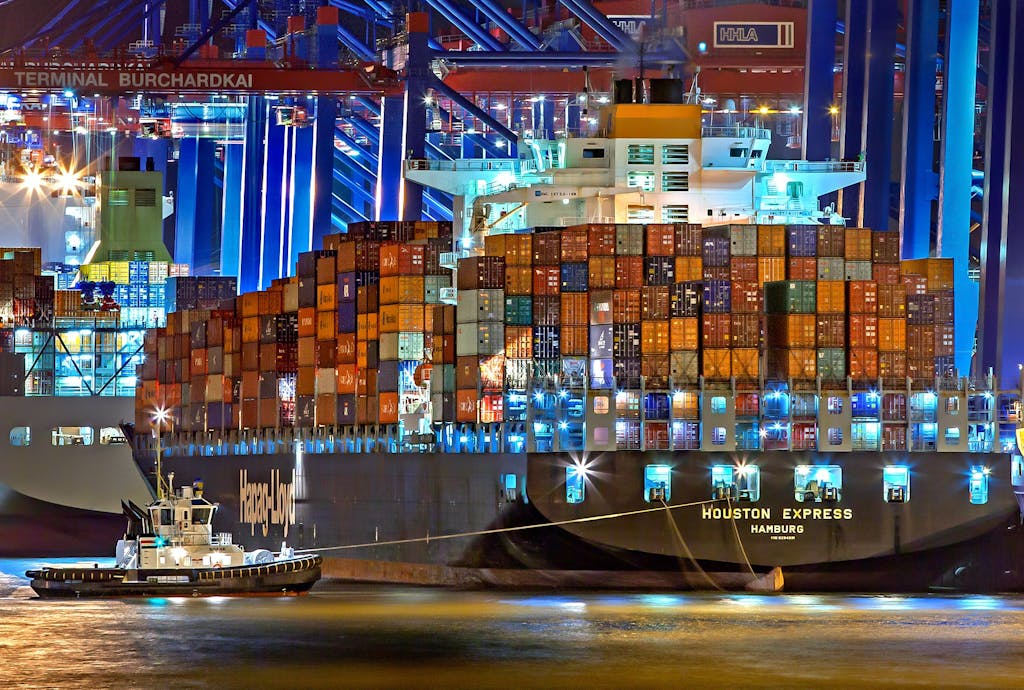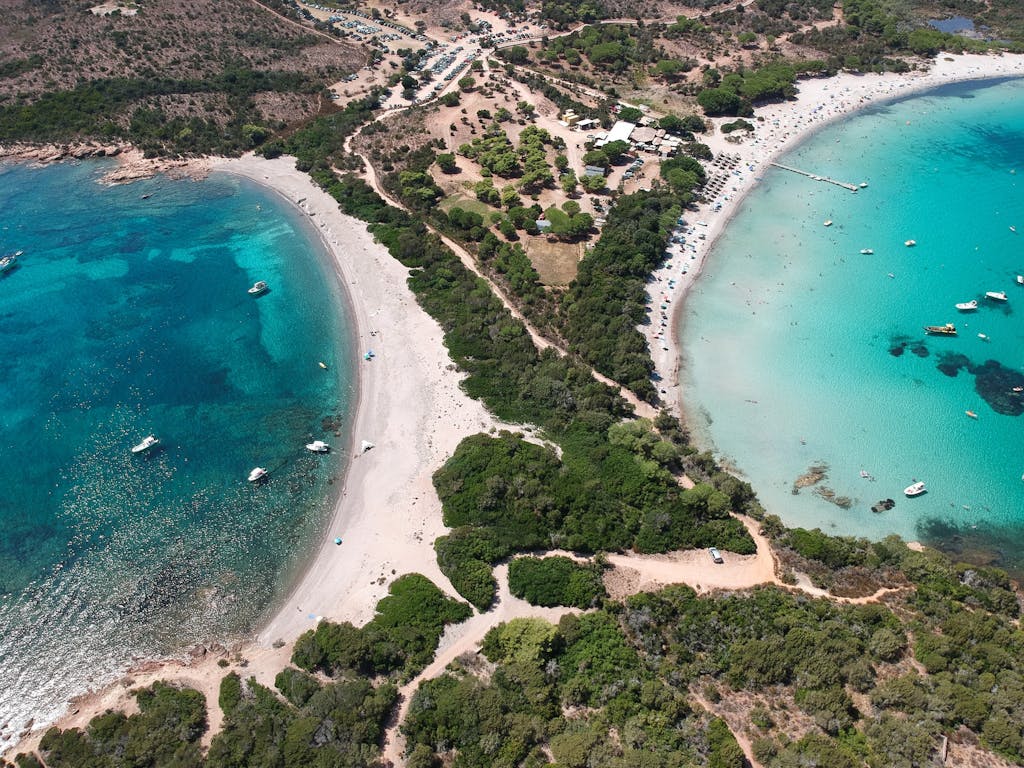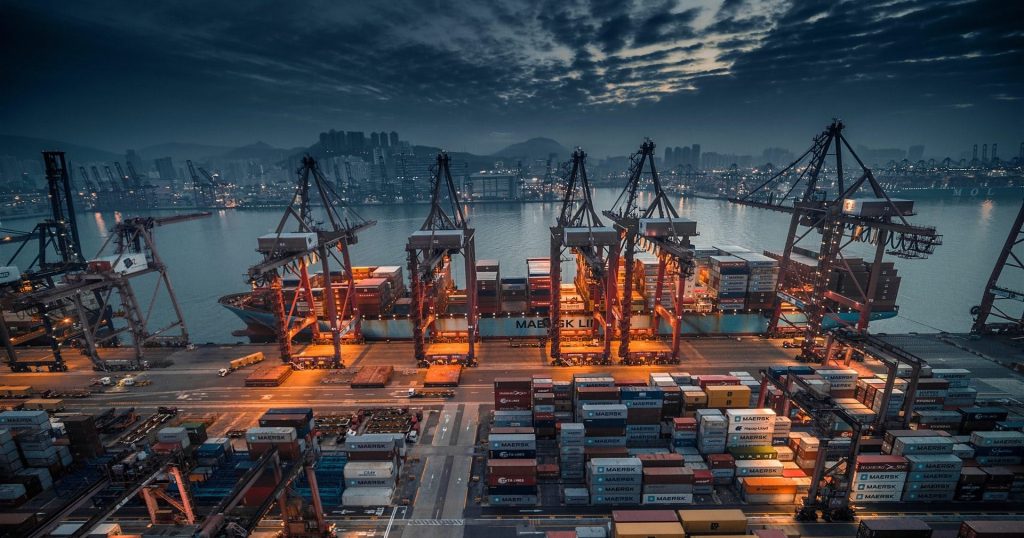
A cargo ship is loaded with containers at a port in Hong Kong. photograph: Timelab professional/ Unsplash
For the inexperienced transition to succeed, it is crucial that as we remove greenhouse gasoline emissions, we assist construct the resilience of communities and infrastructure already affected by a altering local climate, regenerate pure ecosystems, and go away nobody behind. The delivery enterprise’s transition to zero emissions can and will ship on all of these challenges.
reworking worldwide delivery is a essential a component of reaching the Paris settlement goal of limiting worldwide warming to 1.5 °C and constructing zero emissions, resilient worldwide current chains that billions of people rely upon.
at present, the worldwide delivery enterprise is responsible for the movement of ninety% of all worldwide commerce, and presently accounts for about three% of worldwide greenhouse gasoline (GHG) emissions. If left unchecked GHG emissions from delivery might develop by 50% from 2008 ranges by 2050, making the Paris goals all however unattainable.
Capitalizing on Progress Made at COP 26 to Decarbonize delivery
COP 26 led to important progress in the direction of the decarbonization of the maritime sector with new commitments to enhance ambitions and implement zero emissions delivery initiatives, each by governments and the private sector. These embrace:
- attending to Zero Coalition’s name to movement. Signed by over 260 organizations inside the maritime ecosystem, the decision to movement asks governments to place in place the enabling coverage framework wished to decarbonize delivery;
- Declaration on Zero Emission delivery. 14 nations dedicated to work with the worldwide Maritime group to place the sector on a pathway to reaching full decarbonization by 2050 with interim targets for 2030 and 2040;
- Clydebank Declaration for inexperienced delivery Corridors. 22 nations dedicated to decide at the very least six zero-emission delivery routes by 2025;
- Dhaka-Glasgow Declaration of the local climate susceptible discussion board. fifty five of the world’s most local climate-susceptible nations recognized as for a obligatory GHG levy on worldwide delivery to make optimistic that emission measures are aligned with a 1.5ºC pathway, with revenues supporting pressing local climate actions, significantly in susceptible growing nations;
- simply Transition in Maritime Taskforce. Spearheaded by the UN worldwide Compact, the worldwide Transport Federation, the worldwide Chamber of delivery, the worldwide Labour group and the worldwide Maritime group, the Taskforce goals to guarantee a people-centred transition to a zero carbon delivery enterprise.

The Houston categorical will get pulled by a tugboat in Hamburg, Germany. photograph: Julius Silver/ Pexels
in the direction of this backdrop, whereas we proceed to assemble on the progress made in 2021, 2022 ought to be the yr of turning commitments into actions.
Turning local climate Commitments Into movement
The Clydebank Declaration for inexperienced delivery Corridors is a key initiative to ship clear delivery as quickly as attainable. inexperienced corridors can catalyze and pace up decarbonization of the maritime sector. They do this by bringing collectively key stakeholders from throughout the private sector and maritime worth chain, as properly as to governments in any respect ranges, to focus on insurance coverage policies and investments which will show the viability of zero-emission delivery.
however, as acknowledged inside the Declaration, the transition to scrub delivery additionally should “unlock new enterprise alternatives and socioeconomic advantages for communities throughout the globe.” Decarbonizing the delivery enterprise will not be enough. A packages strategy to delivery decarbonization is key for fulfillment.
guaranteeing a simply and Equitable Transition
To be strong and sustainable inside the future, the decarbonization of delivery should additionally assist a simply and equitable transition. It should additionally account for the affect of a altering local climate and construct the resilience of coastal and port communities already affected by these impacts. Such efforts will contribute to the worldwide UN-backed Race to Resilience advertising and marketing campaign, which is mobilizing companies, buyers, cities and areas to assemble the resilience of 4 billion people from susceptible teams and communities to local climate risks by 2030.
With extra intense and frequent extreme climate occasions and sea diploma rise, coastal communities and infrastructure are amongst the numerous most in hazard. By 2050, the worldwide group will face annual prices of over $1 trillion in coastal metropolis areas on account of the mixed outcomes of rising sea ranges and extreme climate occasions. These impacts are unequally distributed and Small Island growing States (SIDS) and Least Developed nations (LDCs) are a lot extra uncovered and might expertise losses in a extra extreme method.

in the course of the extreme tide the inhabitants of Ghoramara Island are fixing the fragile soil embankment to restrain the extra land erosion. photograph: Debsuddha Banerjee / local climate Visuals Countdown
Investing in Ports Key to Success of inexperienced Corridors
As inexperienced corridors are designed and developed, investing in resilience for ports and surrounding communities – collectively with nature-based mostly options – will assist guarantee longevity for these investments. Ports will play a key function in guaranteeing the success of the corridors, serving as hubs for clear shore vitality packages and vitality sources (significantly inexperienced hydrogen) for delivery’s vitality transition. however, this might require important transformations for ports which will affect prospects, staff and the communities dwelling close by. it is going to attributable to this actuality be essential for the transition journey to adjust to a ‘’whole worth strategy’’ (whole worth = monetary worth + financial worth + Social worth + pure worth). with out understanding the whole worth throughout the life cycle of an asset, most possible the most treasured, socially and environmentally viable selections will not be made. For ports, such a packages strategy will create alternatives to join their services with home vitality grids and contribute to decarbonizing cities whereas creating greater markets for clear vitality, as properly as to creating inexperienced jobs and restoring and defending pure coastal ecosystems.
The maritime workforce, each on and off the water, might even be a essential a component of the inexperienced transition. Plans for reskilling, upskilling and constructing new inexperienced abilities might ought to be included in inexperienced hall roadmaps, harnessing alternatives for first rate work throughout the zero-emission vessel and nil carbon gasoline current chain. New jobs – from infrastructure to engineering – ought to be inexperienced, safe and first rate.

Boats depart Rondinara seaside and Sant’Amanza Bay in Corsica. photograph: Mathilde Cureau/ Unsplash
Making the inexperienced Transition collectively
the worldwide maritime group should additionally endeavour to make optimistic that the worldwide north and south could make the inexperienced transition collectively and revenue from the financial alternatives it creates. SIDS, LDCs, and utterly different growing nations are a pair of of most possible the most at risk of the impacts of local climate change. on the identical time, they’re at extreme hazard of being severely impacted by an enhance in transport prices as delivery strikes away from fossil gasoline use to zero carbon fuels that, inside the shut to-time period, are costlier. however, they’re going to additionally current management by being the supply of options, from producing the sector’s new inexperienced fuels to demonstrating the viability of improvements in clear vitality manufacturing and utilized sciences like wind and batteries which might be acceptable for smaller routes. the underside line is to make optimistic that these nations are on the desk as options are designed.
2022 Is an massive yr for Ocean local climate movement
2022 shall be a essential yr for the implementation of ocean and local climate actions. we have to ship on the commitments that have been made at COP 26. And we have to do this in methods in which shall be actually sustainable for the future, taking people and nature beneath consideration.
there are a lot of milestones forward of us this yr, collectively with: the One Ocean Summit (February Sep eleven, France), the Our Ocean convention (April thirteen-14, Palau) and the UN Ocean convention (June 27 to July 1, Portugal), as properly as to COP 27 (November 7-18, Egypt). every of these moments ought to transfer us extra down a path in the direction of operational inexperienced corridors throughout the globe that showcase zero emissions ships and resilient ports and communities. they ought to additionally serve to reiterate the message that delivery decarbonization and resilient communities and infrastructure ought to be shared priorities. Not delivering on one will have an effect on the success of the utterly different.
we have no time to waste to ship on these challenges if we want worldwide commerce to function sustainably inside the future.
We name on leaders from the private and non-private sectors to be a component of this journey.
this textual content material was initially drafted for the United Nations Framework convention on local climate modifications’ (UNFCCC) Race to Resilience and Race to Zero. you will discover the distinctive article here.

